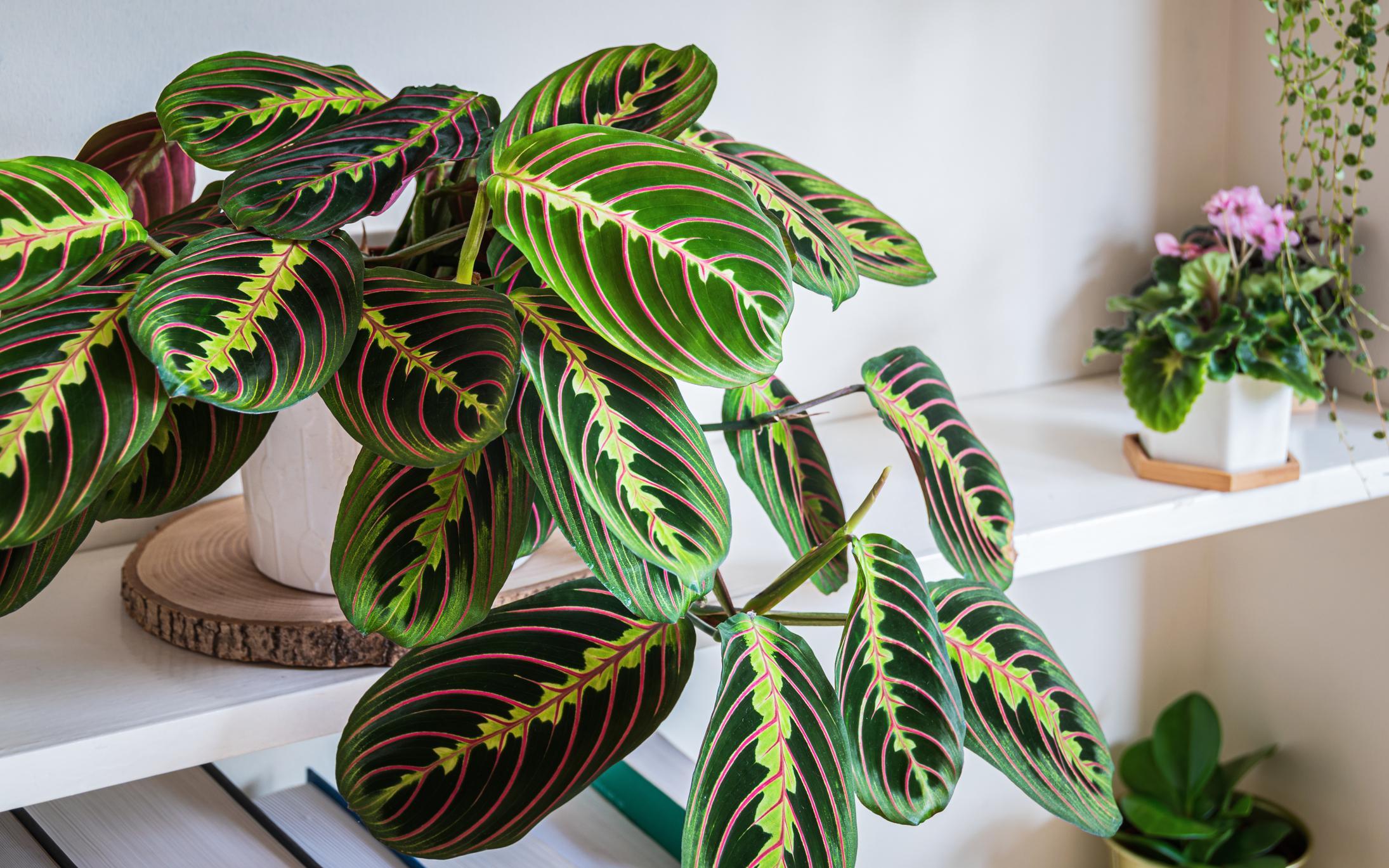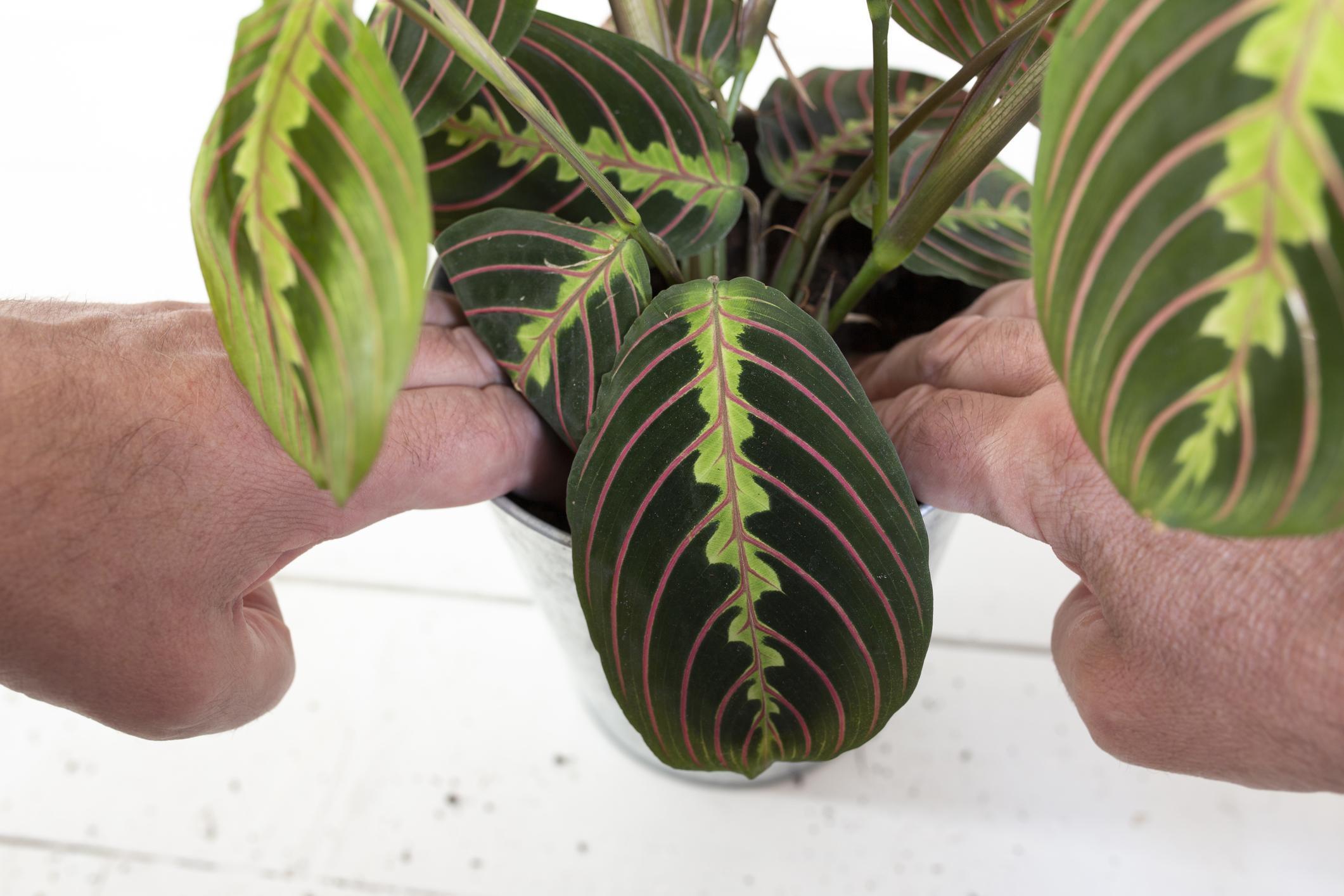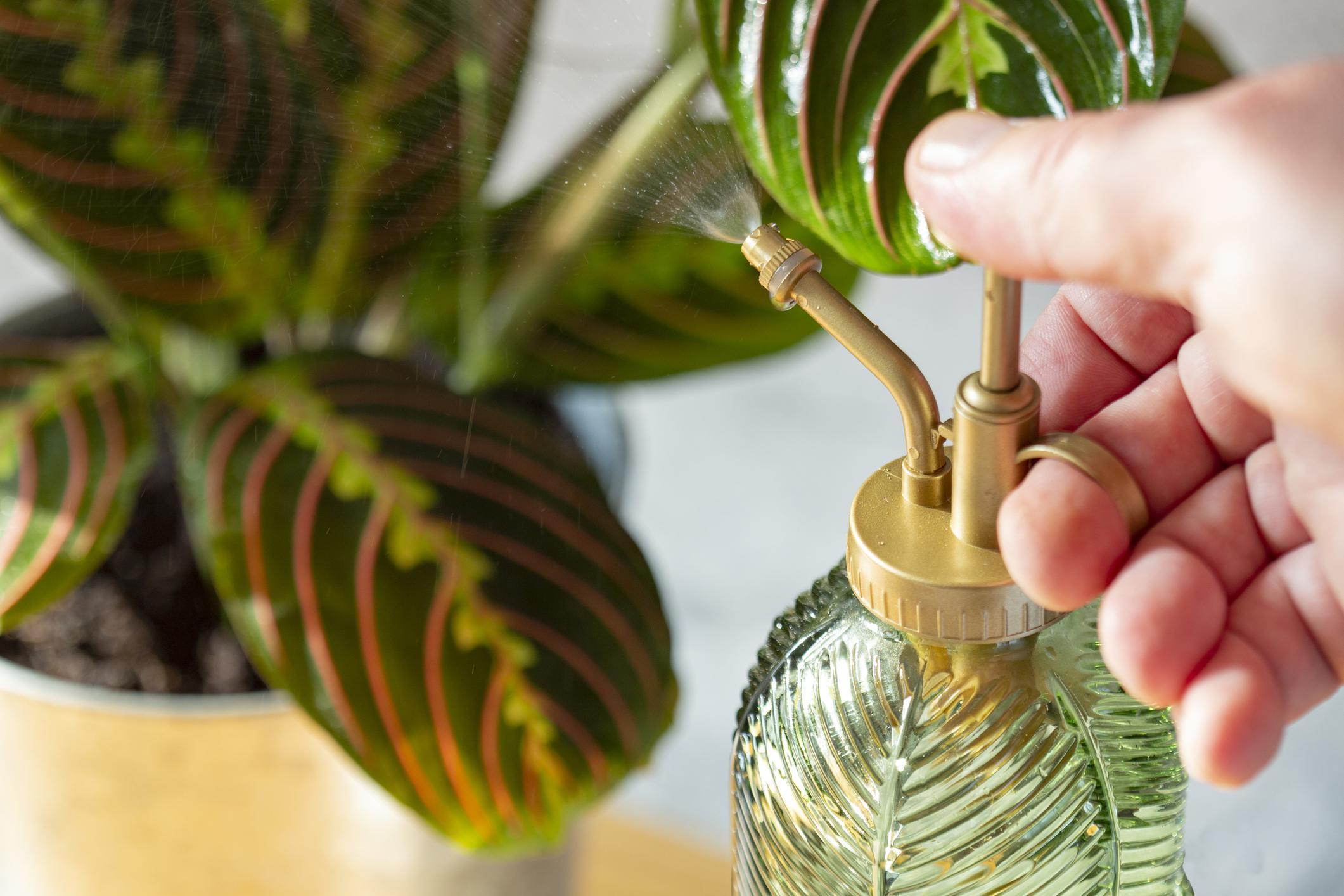Prayer Plant Care - Maranta Leuconeura


Prayer plant (Maranta leuconeura) care is relatively easy, making it one of the most popular houseplants in the world. Despite its relative ease of care, there are many ways we can kill a prayer plant if we are not careful. As long as we meet the prayer plant's basic needs in terms of watering, light and soil, we should be able to sustain it for its average 5 year lifespan. If we want to keep our prayer plants going for longer still, we can try Maranta leuconeura propagation by dividing rhizomes or with basal cuttings. As this plant is native to the Brazilian rainforest, we need to keep it somewhere humid, but with low light.
At thedailyECO, we explain in more detail everything you need to know about prayer plant care. We explain what the maranta plant needs in terms of light, watering, disease and more. We will also explain how to propagate this plant with suitable reproduction methods.
Light, temperature and location for prayer plants
Prayer plants are native to warm areas, so they should not be placed in areas where the minimum temperature drops below 15 ºC/59 ºF. It can tolerate temperatures as low as -10 ºC/14 ºF, but only for brief periods. Prolonged exposure to cold temperatures will result in the death of the plant.
Maranta is an indoor plant that does not tolerate direct sun. It should be placed under filtered or indirect light. It even thrives in areas where light is so low it is almost in the dark.
Generally speaking the optimal environmental conditions of the prayer plant are low light, warm temperature and high humidity. For this reason, it is a great addition to bathrooms where it will benefit from an environment ideally suited to its needs. It is also common in offices or living rooms.
If you want to have this beautiful plant in your home, you can purchase one using the link below:

Prayer plant soil and fertilizer
The soil of the Maranta leuconeura must always be kept humid. One of the best allies in achieving this humidity is to provide a substrate that has the capacity to retain water. At the same time, it must have good drainage so that the roots do not rot. It must also be loose to avoid compaction.
Such a soil is achieved by preparing a mixture of equal parts of worm castings and peat. We can also add a handful of either volcanic rock, tepojal or vermiculite. Fertilizer is recommended on a monthly basis to maintain the leaves with their characteristic vibrant colors.
Learn more about vermicompost with our guide to making your own worm castings at home.

Prayer plant watering schedule
The maranta plant has a fairly high moisture demand. We must provide plenty of water to emulate its native rainforests.
To maintain said humidity, the substrate must be observed and tested regularly. It should never be allowed to dry completely, nor should it be waterlogged. The frequency of irritating the prayer plant will be determined by the climate where it is located. Generally speaking, the frequency of watering is normally 2 to 3 times a week. In winter it should be less and in summer watering should be increased.
Another way to maintain good humidity is to moisten the leaves with a spray bottle once or twice a week. In areas where there is heating for winter, special attention must be paid to increasing the spray on the leaves. This is because artificial heat sources such as radiators drastically lower environmental humidity.
If the maranta plant isn't for you, you might want to check out our list of different monstera plants to provide an alternative.

Prayer plant pruning
Since it is herbaceous, maranta growth can become messy. This is especially the case when they are already grown. When marantas are purchased in stores they are compact, but over time their stems will begin to expand and advance. Over-pruning must be avoided because the tip of each stem contains the valuable leaves. Generally speaking, it should only be done every two years for maintenance and compacting.
Prayer plants can also be left with long stems, as this is the true shape of the plant. For this reason, it is also customary to replant those that protrude too much from the container so that they have space and look more orderly.
Always use suitable pruning shears that have already been disinfected. It is also recommended to remove dead or damaged leaves.
Maranta leuconeura propagation
The development of the prayer plant is rhizomatous. This means it can be reproduced by dividing the rhizomes. For this method of propagation, a cluster of stems will be removed from the ground. We will then separate them by the roots to have two plants. Repot the original plant and place the other in a new pot.
Another way to propagate maranta plants is by basal cuttings. These can be obtained from those that come from pruning. The cuttings are placed on the new substrate, providing a distance of 30 centimeters between plants to give them sufficient growth space.

My prayer plants has yellow leaves
If your Maranta leuconeura has developed yellow leaves, it is likely due to one of the following reasons:
- Too much water: yellow leaves can be a symptom of overwatering. It is common for marantas to go too far with watering due to their high demand, but care must be taken not to cause damage to the plant. To prevent this from happening, the key is to provide a substrate with excellent drainage , such as the one detailed above. If you have the immersion irrigation method and the leaves are yellow, you have to remove the lower plate for a few days.
- Too little water: another very frequent situation in marantas is that the leaves become desiccated. This is due to lack of irrigation: We will also see the leaves turn a brown color. If the lack of constant irrigation is a problem, you can use immersion irrigation. A basin of water is placed under the pot so that it takes as much as it needs.
If you like maranta due to their colorful leaves, you may want to check out these similar plants with colored leaves.
If you want to read similar articles to Prayer Plant Care - Maranta Leuconeura, we recommend you visit our Plant care and cultivation category.
- Vermeulen, V. (1999) Encyclopedia of House Plants . The Netherlands: Rebo Productions.
- Royal Horticultural Society (nd) Maranta leuconeura . Available at: https://www.rhs.org.uk/plants/119598/i-maranta-leuconeura-i/details









